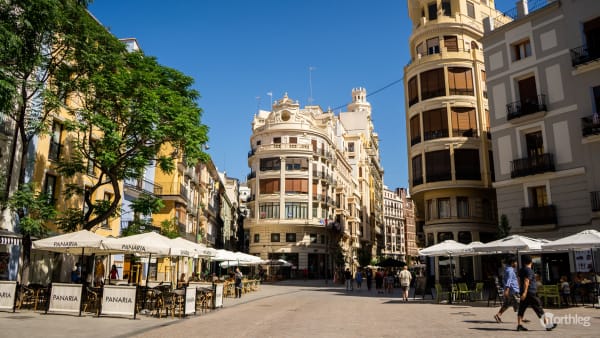History
History
Like many other Fallas traditions, the origins of the Mascletà are surely ancient but murky. What can be said without a doubt, is that pyrotechnics are very dear to the Valencian people. The region is the land of fireworks and firecrackers.
There is no occasion, no festival, no celebration, or even simple family gathering where firecrackers are not set off. And the guidelines generally follow the principle that the noisier, the better. In fact, it isn’t unusual to hear loud firecracker displays go off during weddings, baptisms, or other religious events.
-
18th century
Origins
Some trace the origins of this tradition back to the tracas of Almansa (a town near Valencia).
-
20th century
Correfocs
Firecrackers were mounted on wires that ran the streets of Valencia, ending in today’s Plaza del Ayuntamiento. The public - mostly men, called correfocs - ran and danced under the traca, accompanying the fire and the sequence of explosions. This happened during the Semana Fallera, between the 13th and the 19th of March.
-
1945
Plaza del Ayuntamiento
On 11th March a form of Mascletà more similar to what we know today was established. The display stopped being a moving event, and instead, it centred around a fixed point, in Plaza del Ayuntamiento.
-
1986
First Monday
The Mascletà, now grown in popularity and much appreciated by the public, began being held daily from the first Monday in March.
-
1988
1st March
From here onwards, the Mascletàs have been held from the 1st of March until the 19th.
-
End of the 20th century
Technical progress
The Mascletà continued to evolve in complexity and precision, especially thanks to the progress in the techniques and devices used - increasingly more electronic.
-
2008
Largest Mascletà
The gunpowder limit went up to 240 kg (about 530 pounds), the biggest Mascletà to date.
-
2009
Gunpowder limit
For safety reasons, the gunpowder limit has been set to 120 kg (about 265 pounds) per Mascletà - still a deafening quantity.
















